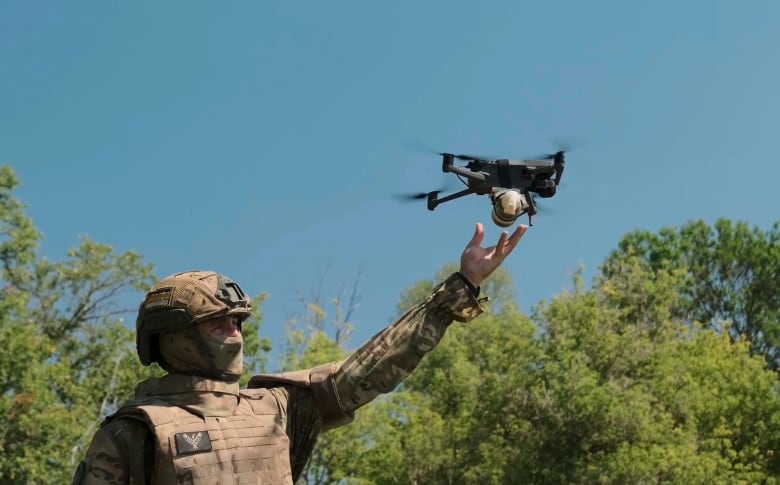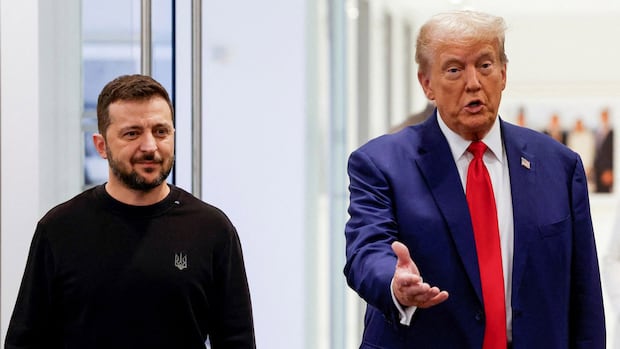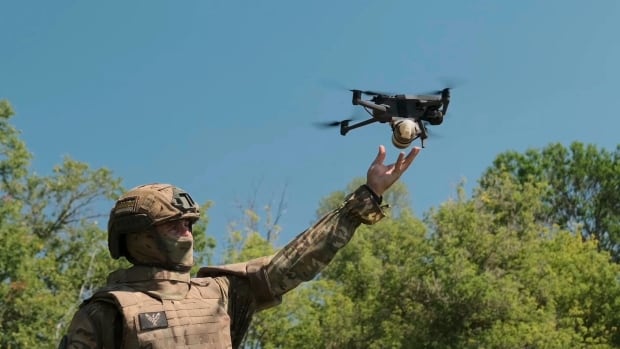
Olga Chernyshova’s family runs a grocery store in the port city of Kherson in southern Ukraine.
It sits close to the Dnipro River, across from the front line of the all-out war that has upended life in Ukraine for nearly three years.
Since Russia launched its invasion, the family’s store has been flooded after a dam collapse and damaged by incendiary shelling. It has become increasingly hard just to get to the store safely amid ongoing wartime dangers — including hostile drones.
In a close call last month, Chernyshova was unloading her vehicle outside her home, when she heard the sound of an approaching Russian drone that dropped an explosive and struck her car.
The drone threat is well understood by Chernyshova and others living in Kherson — previously occupied by Russian forces, which are still nearby.
“Kherson is very close to the Russians, so they can get there with drones,” said Oleksiy Goncharenko, a Ukrainian lawmaker who hails from Odesa, also in southern Ukraine.
Drones have been critical for out-gunned and out-manned Ukraine as it tries to push back the Russian invasion. Ukraine has used a wide array of drones to strike targets — some close to the front lines, some far inside Russian territory.
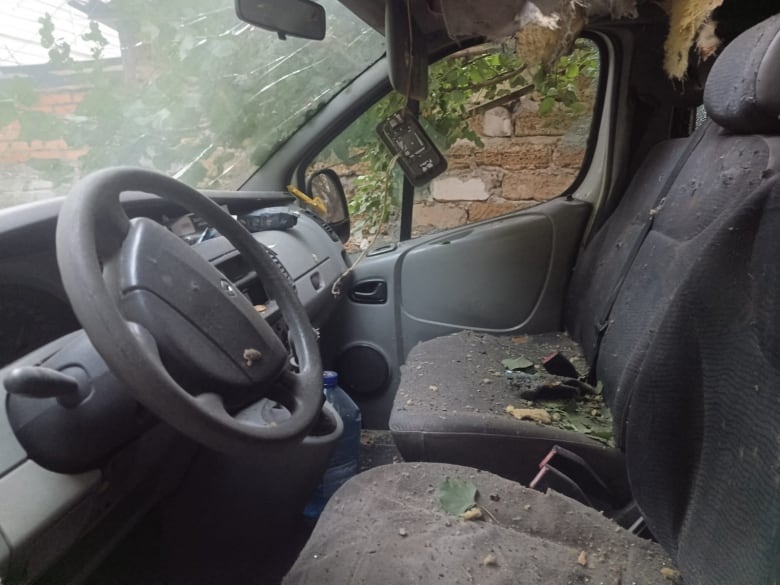
But it has also had to defend against the drones Russia sends, which have proven lethal for soldiers and civilians alike — including in Kherson, where Chernyshova lives and works, but also in other parts of the region.
In the first week of October, Kherson Gov. Oleksandr Prokudin’s Telegram account shared news of a 69-year-old woman who died after a drone attack on a shuttle bus in Antonivka and of a 75-year-old woman and two men in their 50s also killed by drones in other parts of Kherson region.
Tymofiy Mylovanov, an economist and former Ukrainian government minister, says civilians in these areas are dealing with the drone threats in different ways.
“They hide, stay away from the areas where the drones have been noticed or leave altogether,” said Mylovanov.
For Chernyshova, her daily routine involves paying close attention to the skies above.
Republican presidential candidate Donald Trump says he would work with both Ukraine and Russia to end their war if elected, as he stood next to Ukrainian President Volodymyr Zelenskyy before their meeting in New York. Zelenskyy said he wanted to discuss his ‘victory plan’ for Ukraine with Trump.
She told CBC News via a translator that she and her family listen for the warning signs of approaching drones and then hastily drive to their destination — including when getting to their store.
She also said she sometimes hides from drones under the cover under trees when meeting others outside.
Chernyshova has advocated for local authorities to do more to warn people about these risks — with posters and online — and to provide information about the best ways to stay safe under the circumstances.
Much of region remains occupied
Chernyshova said that “while things are really tough in Kherson, they are even tougher in occupied areas.”
Russian forces still control much of the wider region that sits atop Crimea in southern Ukraine.
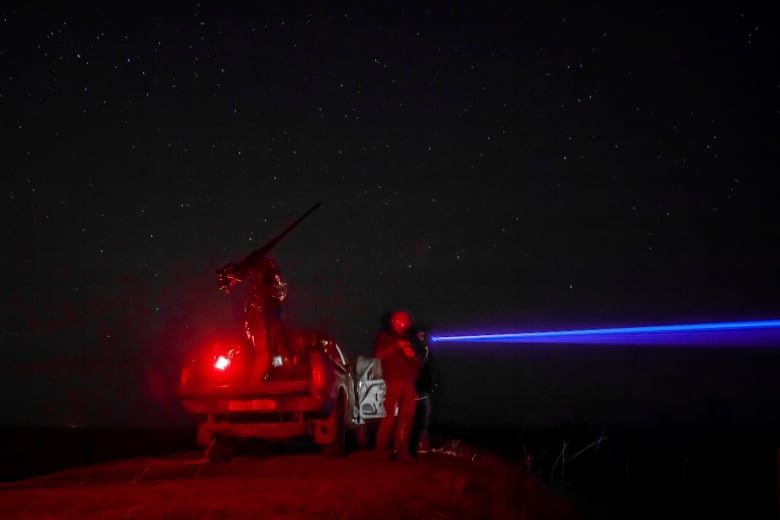
The Institute for the Study of War (ISW) says Russian forces occupy some 19,550 square kilometres — or roughly 73 per cent — of the Kherson region.
Kateryna Stepanenko, the think-tank’s deputy Russia team leader, says the city and others nearby including Beryslav sit along a part of the front line that Russia has defensive concerns about.
“There’s a lot of fear from the Russian side… regarding the possibility of the Ukrainians crossing in that area,” she said.
The Russian forces sit close enough to these Ukrainian settlements to fly the small, first-person view (FPV) drones that are the source of the danger for many civilians.
These smaller drones are not easy for Ukraine to swat out of the air.
Ukraine has only so many resources for dealing with drones, and FPVs are a problem that can’t be solved with large-scale air-defence systems.
Stepanenko said the likely solution is for Ukraine to continue to develop new tools and technologies to down these drones.
Goncharenko, the Ukrainian lawmaker, points out that it’s “not only drones” that threaten those living in Kherson.
Before the increase in drone attacks, Kherson “was shelled with artillery, now it is ballistics or aerial bombs,” he said, noting that “Mariupol was bombed with such bombs, and Kharkiv and Zaporizhzhia are now being bombed” as well.
The United Nations Human Rights Monitoring Mission in Ukraine has reported that more than 11,700 civilians have died in the country since the start of the Russian invasion and the end of August. More than 24,600 other civilians have been injured over that same time period.
Despite the threats Kherson residents face, Chernyshova said that people outside Ukraine should not pity the people living there.
She said she wanted others to understand that they are fighting for their freedom just by staying within the region and that they are proud of that.
